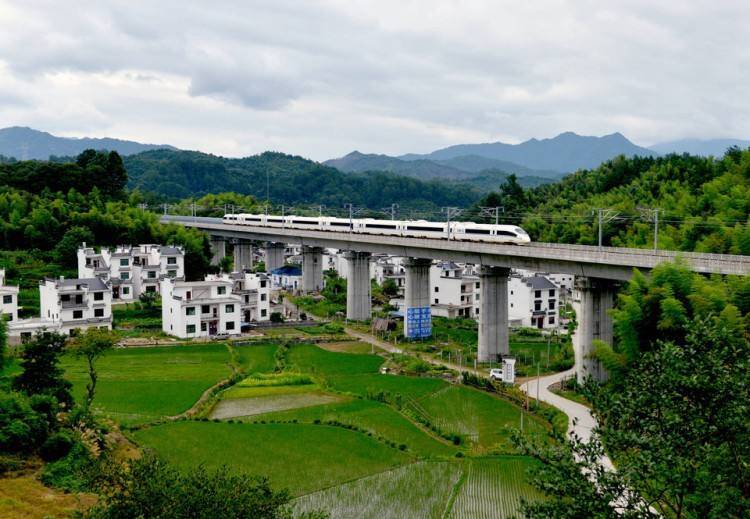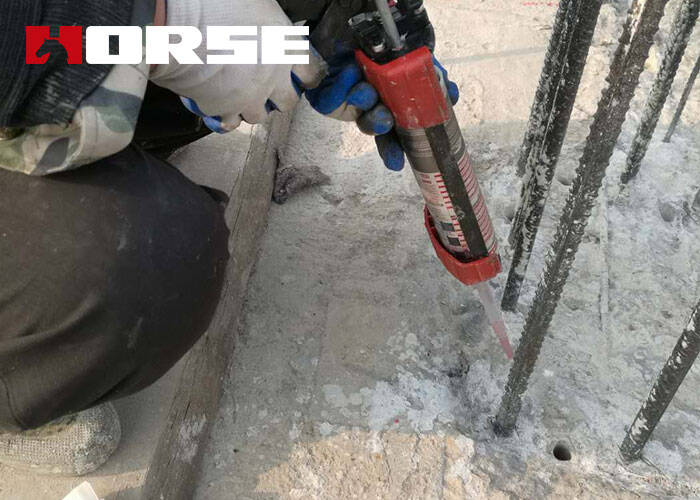Reinforcement Engineering of Existing Railway Bridges
Planting Bar Technology
After disease treatment and chemical anchor reinforcement, the bridge has been restored from a long-term speed of 80km/h to the design speed (120km/h); operation practice and monitoring in the past 3 months have shown that the bridge has a good reinforcement effect.

Project
Overview of Existing Bridges The Dali Railway has a total length of 161.06km, a national railway class I, and a design speed of 120km/h. It is a single-track electrified railway. Construction started in December 2004 and officially opened to traffic in September 2009. The Xiahe Village No. 1 Extra Large Bridge has a total length of 523.44m, with a span of 5×32m+21×16m simply supported beams. The bridge is located on a circular curve with R=1200m, and the longitudinal slope of the line is -3‰. The geological conditions within the scope of the bridge site are relatively poor. Bridge piers No. 7 to No. 21 are located in deep soft soil areas with a thickness of 15 to 36m. The foundations of No. 0 abutments to No. 21 piers are friction piles with a pile diameter of 1.0m and a maximum pile length of 67m; the cap is C20 reinforced concrete, and the pier body is C20 concrete (with protective steel bars).
Disease situation
In 2013, the pile load and heavy vehicles under the bridge caused the settlement and tilt of the bridge piers 7-21. The monitoring results in May 2018 showed that the bridge eccentricity reached -8~205mm; the cumulative settlement reached 79~109mm.
Disease results and trends
From 2013 to June 2018, the bridge has been passing at a speed of 80km/h (design speed 120km/h). According to the monitoring results in 2015 and 2018, the settlement and tilting trend of Piers 7-21 is still developing.

Disease treatment plan
The reinforcement plan of "pile foundation reinforcement + existing bridge pier planting reinforcement connection + protection of reinforced concrete caps" is adopted. For the No. 7, No. 8, No. 20, and No. 21 bridge piers, six piles are added on both sides of the line for reinforcement, and the existing bridge piers are planted with steel bars to connect them, and the reinforced concrete caps are protected. For piers 9 to 19, eight piles were added on both sides of the line for reinforcement, connected with the existing bridge piers by planting reinforcement, and protected reinforced concrete caps.
Planting Bar Technology in Reinforcement Engineering
1) Types of planting bars: two types of bars with diameters of 20mm and 25mm, HRB400 type.
2) The planting bar spacing: 300mm determinant arrangement, and the margin is 150mm.
3) The anchorage depth of the planting bar: C20 planting bar anchoring depth is taken as 000mm, C25 planting bar anchoring depth is taken as 1300mm.
Remediation effect
After disease treatment and reinforcement, the bridge has been restored from a long-term speed of 80km/h to the design speed (120km/h); operation practice and monitoring in the past 3 months have shown that the bridge has a good reinforcement effect.